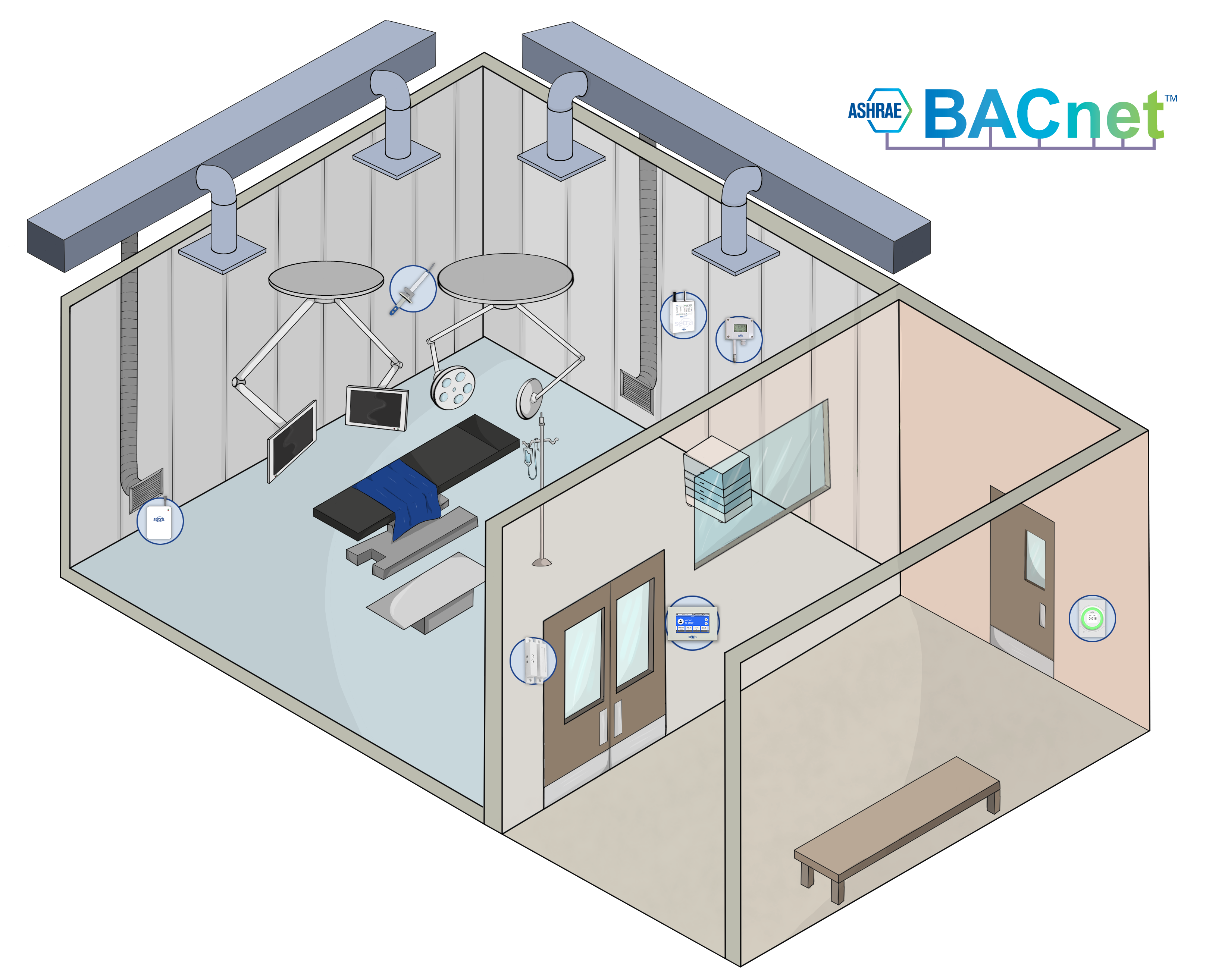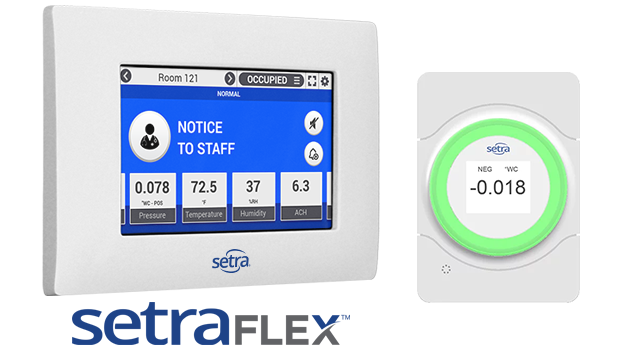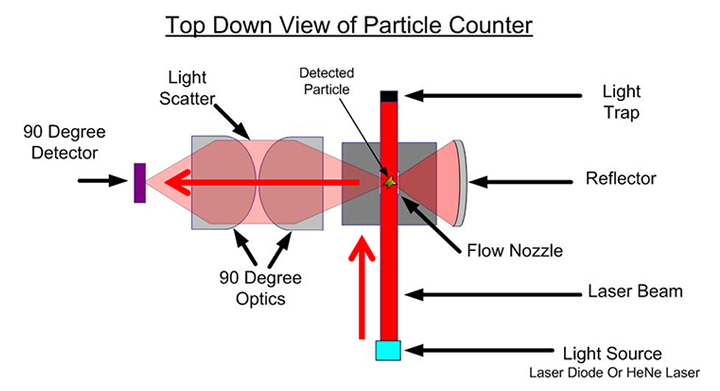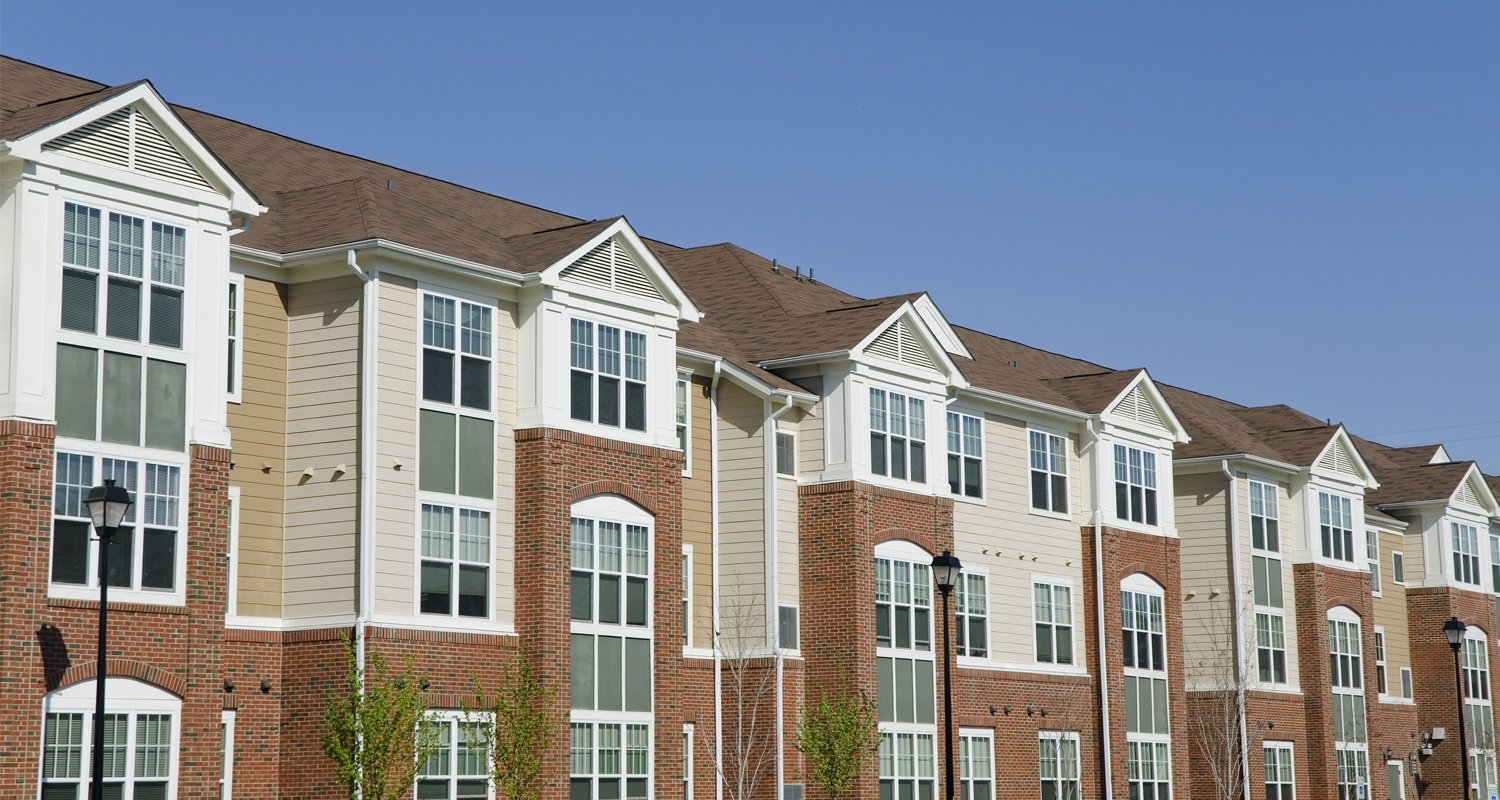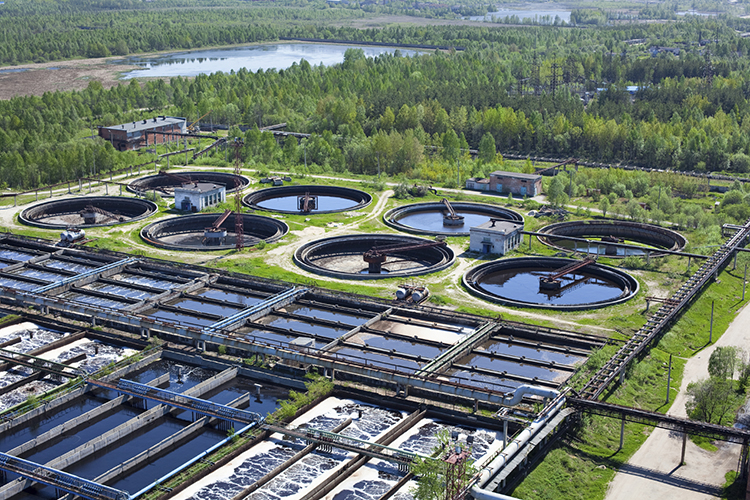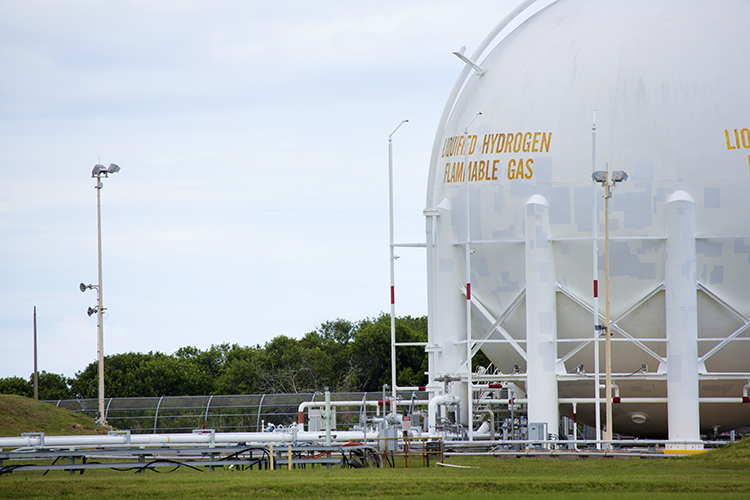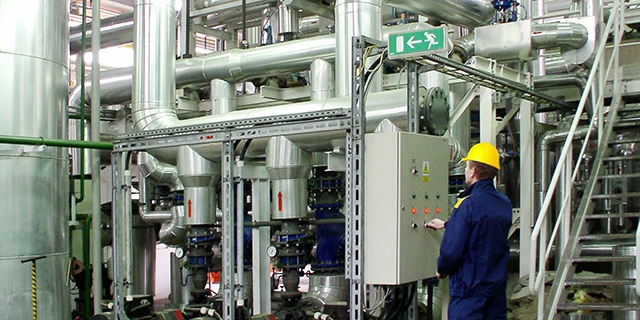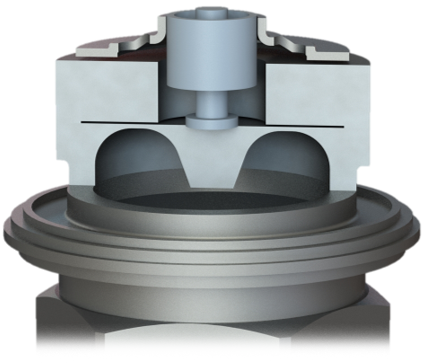Operating rooms (ORs) are among the most thoroughly regulated spaces in a hospital. As a room where patients are particularly at risk of contracting an airborne infection, patient safety is a priority. A successful surgery relies on both the skill of medical professionals and the integrity of the space. Controlling this critical environment with the proper equipment keeps patients protected from contagions.
Setra Blog
Meghan Kelley
Recent Posts
Hospitals face a number of daunting tasks each day without also having to worry about the performance of the equipment on which they rely. The particular medical facility in question experienced abundant issues related to the products they employed. A lack of after-sale support combined with the unsophisticated UI of room pressure monitors and the vendor's reluctance to partner with the facility's BMS controls engineers escalated into long-term compatibility obstacles with the other networked devices. Coming up against these issues led the facility to realize they needed simple and intuitive customizable features that didn't require specialized programming knowledge to set up. In addition to all these issues related to room pressure monitors, they were searching for a solution to make their compounding pharmacy USP 800 compliant with regular particle counting, which they define as an interval of once every 15 minutes.
Critical environments depend on such spaces being free of contaminants. An important method for achieving this is creating positive and negative pressure rooms. In positively and negatively pressurized spaces, air flow is highly controlled by adjusting the pressure differential between both the room in question and the area around it. This ensures air only moves from cleaner areas to more contaminated spaces.
To continue operating, a critical environment must meet many safety standards to keep their space free of harmful particles. If an environment is not monitored, it can be easily contaminated by harmful particles such as mold. Air sampling is one of the most common ways to monitor for - and thus prevent - mold. Viable and non-viable air sampling can be employed in detecting mold and other harmful particles in the air. Not monitoring for those particles can lead to disaster.
Demanding applications like off-highway vehicles and test/measurement require durable pressure transducers with overpressure capabilities. Without them, projects can come to a standstill if a single pressure transducer fails.
To bill tenants for utility usage, landlords can either divide the total bill among the tenants or employ a submeter. Submetering is commonly applied to three utilities: water, gas, and electricity. For electrical submetering, a power meter is installed to measure energy use after it reaches the primary meter. Utilizing submeters makes it simple to monitor electricity use for individual tenants, departments, or pieces of equipment.
Liquid-level sensors provide analysis of tank contents, helping measure, monitor, and control the liquids in tanks. Depending on the type of tank and its use, there are a variety of methods to monitor tanks from both inside and outside the vessel. Capacitance liquid-level sensors provide intensely accurate measurements for many industries, including:
Renewable energy sources continue to evolve as society strives to curtail its reliance on fossil fuels. Many of these alternative fuels require precise measurements for gage, absolute, and compound pressures in potentially corrosive environments. Capacitive sensing technology is built to measure a variety of pressure types and keep up with the demands of renewable energy applications. Renewable energy encompasses a wide variety of fuels, including CNG, LNG, hydrogen, and wind.
Industrial spaces include an extensive range of environments. As such, the products used in those spaces are diverse, varying from gauge to compound to vacuum pressure measuring tools. Pressure sensing in industrial applications helps to keep systems working productively. Demanding industrial applications can require customizable solutions for any type of pressure measurement.
Many outdoor applications have a need to monitor water pressure. Examples of these applications include crop irrigation, fire truck water tank level monitoring, engine water cooling, and road construction water spraying.
Subscribe to Our Blog!
Topics
- Critical Environments (182)
- HVAC/R (179)
- General Industrial (153)
- Building Automation (134)
- General Industrial OEM (92)
- Energy Management (85)
- Test and Measurement (66)
- HVAC/R OEM (58)
- Barometric (44)
- Alternative Fuels (42)
- Medical (40)
- Process/Mfg Tank Level (40)
- Water and Wastewater (39)
- OHV (38)
- Oil and Gas (35)
- Industrial Vacuum (29)
- Calibration (25)
- Semiconductor (25)
- Particle Counting (18)
- Cleanroom Monitoring (17)
- Room Pressure Monitoring (16)
- Trade Show (12)
- cleanroom environment (12)
- Scales (11)
- Environmental Monitoring (10)
- Power Monitoring (10)
- Healthcare (9)
- Power Meters (9)
- Software (9)
- cleanroom monitoring systems (9)
- Case Study (8)
- critical environment technologies (8)
- Humidity (7)
- data centers (7)
- particle counter (6)
- pressure transducers (6)
- LITE room pressure monitor (5)
- hardware and software cleanroom monitoring systems (5)
- setra lite (5)
- Compliance (3)
- Video (3)
- hospital spaces (3)
- FAQ & Troubleshooting (2)
- Monitoring Compounding Pharmacies (2)
- Semiconductor Manufacturing (2)
- agencies that monitor pharmacies (2)
- energy (2)
- hvac (2)
- laboratories (2)
- monitor compound pharmacy (2)
- protected environment (2)
- regulatory compliance (2)
- setra lite features (2)
- usp 797 (2)
- Current Sensors and Transducers (1)
- Current Transformers (1)
- Pressure (1)
- aerospace cleanrooms (1)
- cems (1)
- digital transformation (1)
- ipv6 multicast (1)
- ipv6 multicast address (1)
- ipv6 multicast address range (1)
- isolation room pressure monitoring (1)
- multicast address ipv6 (1)
- multicast ipv6 (1)
- operating room (1)
- pharma 4.0 (1)
- pressure sensor (1)
- pressure transducer companies (1)
- semi conductor (1)
- sensors and transducers (1)
- setra pressure transducers (1)
- submetering (1)
- sustainability (1)
- temperature monitor (1)
- temperature monitoring for pharmacies (1)
- transducers (1)
- usp 800 (1)
- water (1)
- what does hvac stand for (1)
- what is a transducer (1)
- what is hvac (1)

